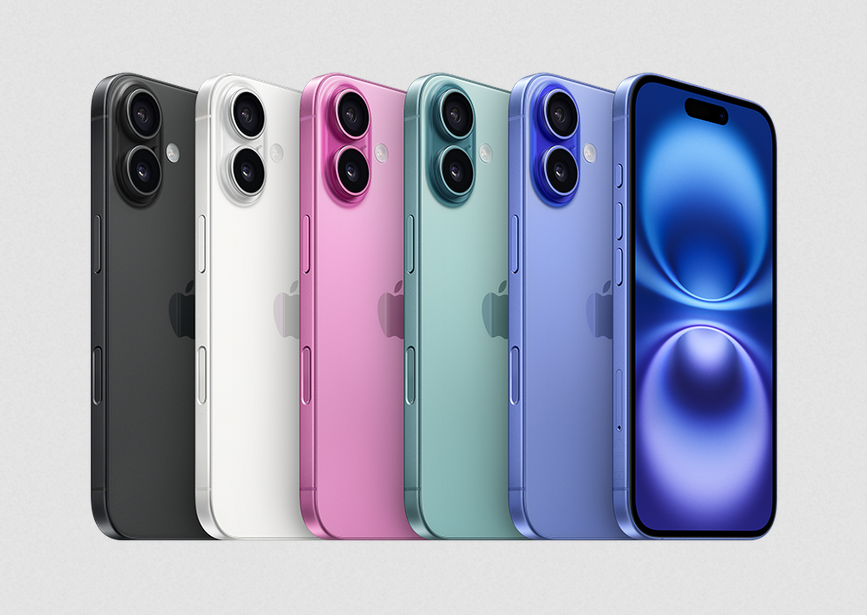Research: India smartphone market starts 2025 cautiously
April 23, 2025

India’s smartphone market entered 2025 on a cautious note. According to Canalys (now part of Omdia), smartphone shipments in India fell 8 per cent year on year in Q1 2025, totaling 32.4 million units, mainly due to persistent demand weakness and elevated channel inventory from late 2024. This inventory overhang disrupted product launch cycles and forced recalibration of channel strategies.
vivo retained the top spot with 7 million shipment units and a 22 per cent market share, further widening its lead. Samsung shipped 5.1 million units, while Xiaomi followed with 4 million units, securing third place with a 12 per cent market share. OPPO (excluding OnePlus) and realme shipped 3.9 million and 3.5 million units, respectively.
“With consumer demand still fragile, 2025 is shaping up to be another channel-driven year,” said Sanyam Chaurasia, Senior Analyst at Canalys (now part of Omdia). “In the absence of strong organic pull, vendors are relying heavily on retail and distribution networks to stimulate purchases. Channel schemes, offline activations and tighter sell-out coordination will again define share gains.”
“In Q1 2025, vivo extended its lead with a balanced portfolio and sharp channel execution,” added Chaurasia. “Its V50 series capitalised on the ZEISS partnership, wedding-season campaigns and influencer-led events to boost visibility, while the T- and Y-series ensured strong online-offline synergy. OPPO (excluding OnePlus) leveraged its retail strengths, emphasising rugged design, water resistance and long battery life, helping it post steady growth. Meanwhile, realme regained momentum following an inventory correction, with nearly 20 per cent of shipments driven by the new 14X 5G and offline channels now contributing 58 per cent of its volume. Xiaomi’s early Note 14 series launch saw a lukewarm response due to elevated inventory and cautious channel sentiment, though the Redmi 14C 5G helped maintain momentum in the affordable segment.”
“As broader demand softens, brands like Apple and Samsung are anchoring their strategies around upgrade intent and higher ASP plays,” said Chaurasia. “Apple achieved its best-ever Q1 in India, driven by strong iPhone 16 series momentum and compelling offers across ecommerce and large format retailers (LFRs) during Republic Day promotions. The introduction of the iPhone 16e allowed Apple to deepen its reach into Tier 2 and Tier 3 cities. Despite starting the quarter with elevated inventory and a 23 per cent year-on-year drop in total shipments, Samsung witnessed 5 per cent annual growth in its S25 series versus S24 in Q1 2024, driven by premium momentum and conversational AI features. For both brands, ecosystem stickiness and premium-led channel execution will be key strategic levers in the coming quarters.”
“The evolving US tariff landscape strengthens India’s position in the global smartphone value chain, but demand volatility will test the market in the coming quarters,” concluded Chaurasia. “The tariff changes open the door for increased local manufacturing, with smartphone exports expected to benefit. However, demand-side risks persist, particularly in export-reliant sectors facing softer global demand due to higher US prices. Smartphone demand was already tapering, with the pandemic-led replacement cycle winding down by mid-2025. Consumer sentiment remains fragile, especially in rural areas, where spending hinges on monsoon-linked income. In urban centers, upgrade cycles are slowing, and only ecosystem plays and AI-led innovation will stimulate demand. With limited organic growth drivers and reliance on channel dynamics, the market is expected to grow modestly in 2025. Still, rising ASPs and financing-backed premiumisation present a silver lining, with the sweet spot shifting toward the ₹20,000 to ₹30,000 (approximately $250 to $350) price band.”
Meanwhile, Counterpoint Research’s latest consumer survey in India highlights a strong preference for compact smartphones (74 per cent), yet 68 per cent of the respondents believe the market currently offers limited choices in this form factor.
To understand the evolving consumer preferences, especially the growing demand for compact smartphones, which offer both comfort and performance, a survey was conducted among over 2,000 young emerging professionals and early jobbers in India.
Consumers expect feature parity in compact devices — 88 per cent are likely to purchase a compact smartphone if it delivers flagship-level performance, with more than half of the respondents not willing to compromise on processor performance and battery life when purchasing a compact smartphone.
The primary challenges users encounter with large-screen smartphones include difficulty in operating the device with one hand and maintaining a secure grip, and an increased risk of accidental drops. As a result, one-handed usability is considered a very important factor by respondents, with ease of holding and one-handed use (55 per cent) being the main reasons for their preference for compact smartphones over larger ones. This is followed by greater comfort during extended use (49 per cent). A significant 71 per cent of the respondents also want a good in-hand feel, while 69% pay attention to the look and feel of the smartphone when making the purchase decision.
Commenting on consumer preference for compact smartphones, Counterpoint Research Director Tarun Pathak said, “Consumers want compact devices without compromising on core features like processor performance and battery life. Many of the consumers who are approaching their upgrade cycles are now leaning towards compact smartphones. This shift is driven by the desire for more comfortable, long-term use. However, the availability of compact yet powerful options in the market still remains limited. About 90 per cent of smartphones launched in 2024 featured screens larger than 6.5 inches. Hence, this highlights a clear opportunity for smartphone brands to introduce powerful compact smartphones to meet consumer demand.”
Other posts by :
- Russian satellite tumbling out of control
- FCC boss praises AST SpaceMobile
- Rakuten makes historic satellite video call
- Rocket Lab confirms D2C ambitions
- Turkey establishes satellite production ecosystem
- Italy joins Germany in IRIS2 alternate thoughts
- Kazakhstan to create museum at Yuri Gagarin launch site
- AST SpaceMobile gets $42 or $1500 price target
- Analyst: GEO bloodbath taking place
